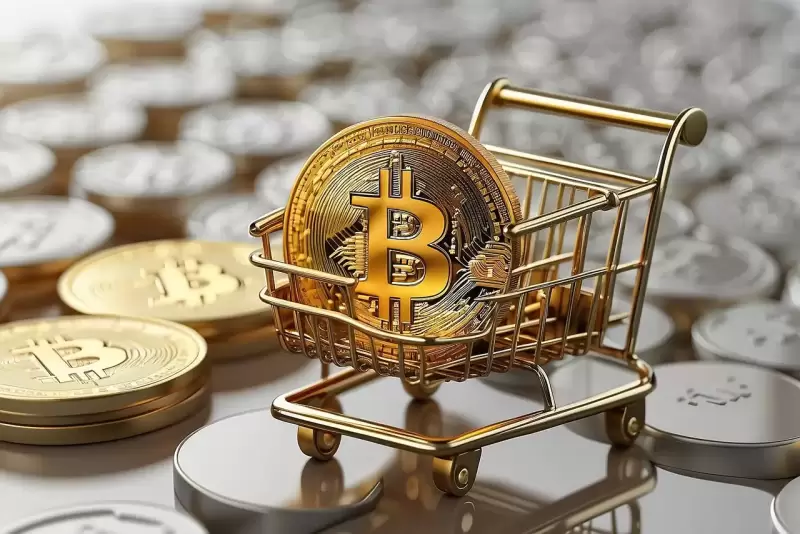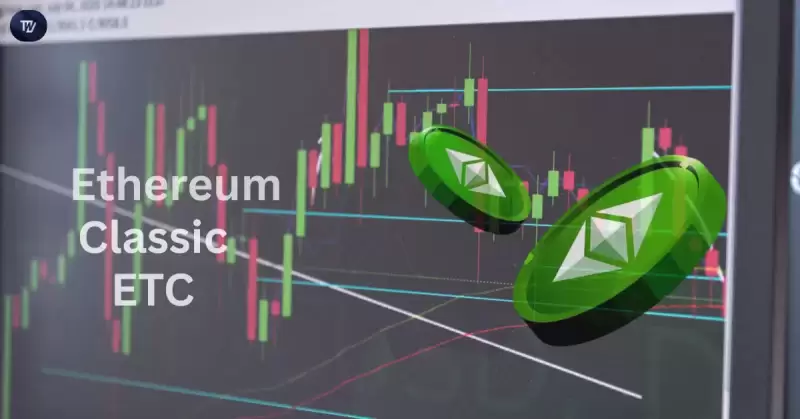 |
|
 |
|
 |
|
 |
|
 |
|
 |
|
 |
|
 |
|
 |
|
 |
|
 |
|
 |
|
 |
|
 |
|
 |
|
Miles Deutscherが強調した最近のチャート分析に基づいて、料金と供給を管理するために2021 EIP-1559アップデートによって導入された重要な機能であるEthereumの毎日のETH燃焼率は、減少の兆候を示しています。

In the rapidly evolving landscape of cryptocurrency, Ethereum’s daily ETH burn rate, a pivotal aspect introduced by the 2021 EIP-1559 update to effectively manage fees and control supply, has shown signs of decline, converging toward zero. This observation is part of broader chart analysis by Miles Deutscher, a renowned on-chain analyst.
暗号通貨の急速に進化する景観では、イーサリアムの毎日のETH燃焼率は、2021年のEIP-1559アップデートによって導入された極めて重要な側面であり、料金を効果的に管理し、供給を管理することで、減少の兆候を示し、ゼロに収束しています。この観察結果は、有名なオンチェーンアナリストであるMiles Deutscherによるより広範なチャート分析の一部です。
(Chart: Miles Deutscher / Data: Glassnode)Despite a recent surge in cryptocurrency prices, notably Bitcoin and Ethereum, Deutscher highlights that Ethereum’s profitability has reached its lowest point in a considerable period. This downturn is evident in the converging trends of ETH burns and issuance, ultimately leading toward zero burns.
(チャート:Miles Deutscher / Data:GlassNode)最近の暗号通貨価格、特にビットコインとイーサリアムの急増にもかかわらず、DeutscherはEthereumの収益性がかなりの期間で最低点に達したことを強調しています。この低迷は、ETH火傷と発行の収束傾向で明らかであり、最終的にはゼロ火傷につながります。
This occurrence has implications for network usage and the varying opinions on the significance of ETH burns. Deutscher notes that lower network activity or reduced transaction volumes can lead to minimal transaction fees. In turn, this can affect validators' earnings and reduce the attractiveness of staking in generating yield.
この発生は、ネットワークの使用と、ETH火傷の重要性に関するさまざまな意見に影響を与えます。 Deutscherは、ネットワークアクティビティの低下またはトランザクションの量の減少が最小限の取引料金につながる可能性があると指摘しています。次に、これはバリデーターの収益に影響を与え、収穫量を生成する際の魅力を減らすことができます。
However, some members of the crypto community view this as a temporary lull in activity, anticipating a rebound that will escalate burns again. Alternatively, another perspective focuses on the fact that profitability has slid into negative territory, which might influence market sentiment.
しかし、Cryptoコミュニティの一部のメンバーは、これを一時的な活動の小康状態と見なし、再び火傷をエスカレートするリバウンドを予想しています。あるいは、別の視点は、収益性がネガティブな領域に滑り込んだという事実に焦点を当てており、それが市場の感情に影響を与える可能性があります。
Why Is ETH Burn Declining?
なぜETH Burnは減少しているのですか?
There could be several reasons why this is happening, but first, it’s prudent to understand what’s actually going on.
これが起こっている理由はいくつかあるかもしれませんが、最初に、実際に何が起こっているのかを理解することは賢明です。
Ethereum’s revenue is primarily driven by network activity, which generates transaction fees. Falling fees indicate lower demand for block space, implying that fewer users are willing to pay high gas fees. Lower fee revenue can impact validators and Ethereum stakers, making ETH less attractive as a yield-generating asset. It’s no secret that in times of low yields, user participation in a specific token might reduce.
Ethereumの収益は、主にネットワークアクティビティによって推進されており、取引手数料を生み出します。手数料の下落は、ブロックスペースに対する需要の低下を示しており、高いガス料金を支払う意思があるユーザーが少ないことを意味します。より低い手数料収益は、バリデーターとイーサリアムステーカーに影響を与える可能性があり、ETHは利回りの資産として魅力的ではありません。低い収量の時代に、特定のトークンへのユーザーの参加が減少する可能性があることは秘密ではありません。
It’s challenging to precisely pinpoint the reasons for Ethereum’s decline, but lower on-chain activity is a factor. This signifies a slowdown in Ethereum’s DeFi ecosystem, with diminished trading volumes and fewer transactions on the mainnet. Considering that Ethereum’s burn mechanism is linked to gas fees, lower gas fees translate to reduced burns. Moreover, fewer high-fee transactions result in less ETH being burned.
Ethereumの減少の理由を正確に特定することは困難ですが、オンチェーンの活動の低下が要因です。これは、EthereumのDefi Ecosystemの減速を意味し、取引量が減少し、メインネットでのトランザクションが少なくなります。 Ethereumの火傷メカニズムがガス料金に関連していることを考慮すると、ガス料金の低下は火傷の減少につながります。さらに、高額のトランザクションが少ないと、燃焼が少なくなります。
While this analysis offers insights, it’s essential to approach it with caution, as there’s room for interpretation. However, it’s worth noting that at present, there's no urgent cause for concern.
この分析は洞察を提供しますが、解釈の余地があるため、慎重にアプローチすることが不可欠です。しかし、現在、懸念の緊急の原因がないことは注目に値します。
What Are the Potential Implications?
潜在的な意味は何ですか?
It might be still early to predict the outcome of the news, but there are at least a few options that should be noted.
ニュースの結果を予測するのはまだ早いかもしれませんが、少なくともいくつかの選択肢があります。
In instances where burns outpace issuance, ETH becomes deflationary. A trend toward zero burns increases the possibility of the total ETH supply expanding again, which could affect its long-term value narrative.
Burns Outpaceの発行の場合、ETHはDEFLETIONARYになります。ゼロ火傷への傾向は、総ETH供給が再び拡大する可能性を高め、その長期的な価値の物語に影響を与える可能性があります。
Ethereum validators earn from transaction fees and MEV (Maximal Extractable Value). If fees remain low, staking rewards decrease, which would likely discourage participation in Ethereum staking.
Ethereum Validatorsは、取引手数料とMEV(最大抽出可能な値)から獲得します。料金が低いままであれば、ステーキングの報酬は減少します。これは、イーサリアムステーキングへの参加を思いとどまらせる可能性があります。
As we move forward, we will observe whether on-chain activity rebounds, driven by new innovations, higher DeFi volumes, or other factors. If so, then we can expect Ethereum’s burn rate and profitability to quickly recover from this downturn.
私たちが前進するにつれて、新しい革新、より高い債務、またはその他の要因によって駆動される、オンチェーン活動がリバウンドするかどうかを観察します。もしそうなら、イーサリアムの火傷率と収益性がこの低迷からすぐに回復することを期待できます。
免責事項:info@kdj.com
提供される情報は取引に関するアドバイスではありません。 kdj.com は、この記事で提供される情報に基づいて行われた投資に対して一切の責任を負いません。暗号通貨は変動性が高いため、十分な調査を行った上で慎重に投資することを強くお勧めします。
このウェブサイトで使用されているコンテンツが著作権を侵害していると思われる場合は、直ちに当社 (info@kdj.com) までご連絡ください。速やかに削除させていただきます。


























































